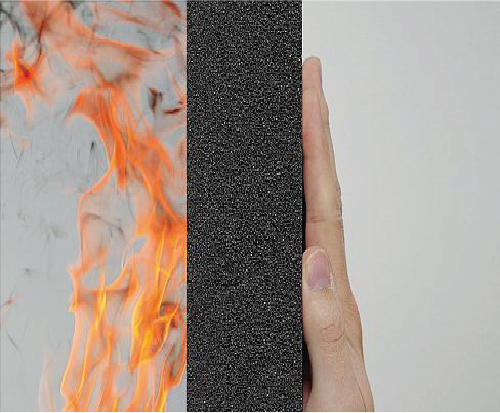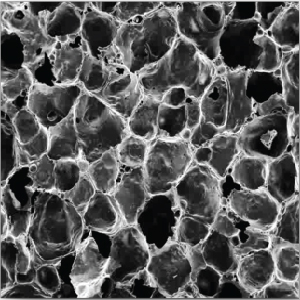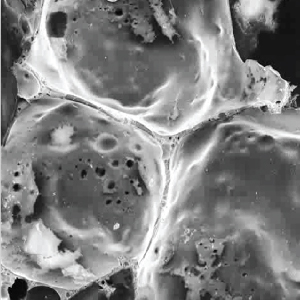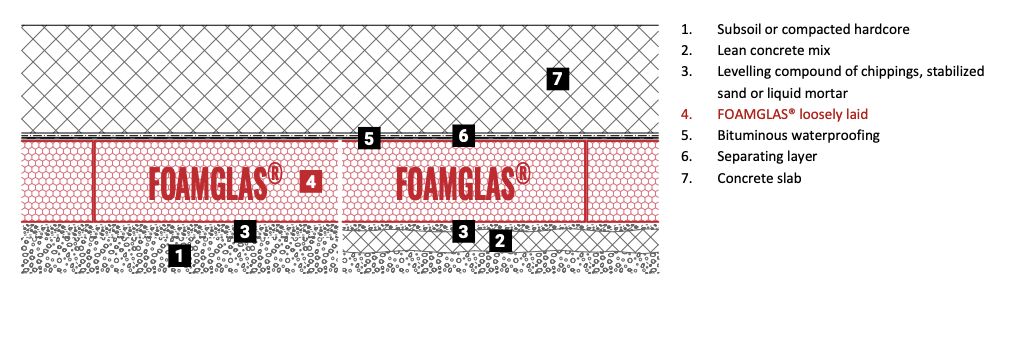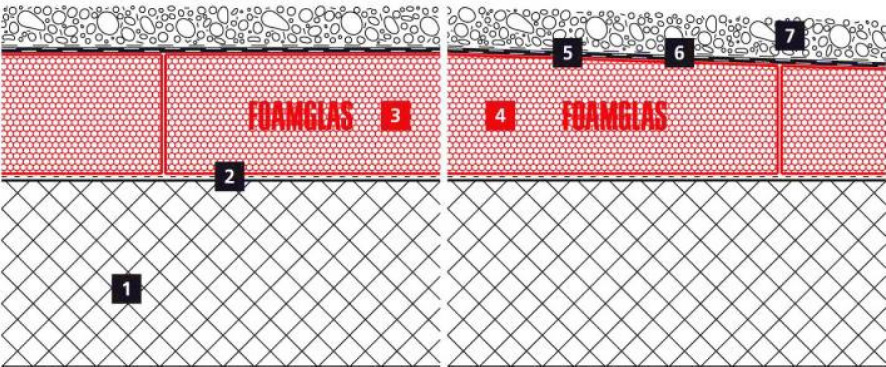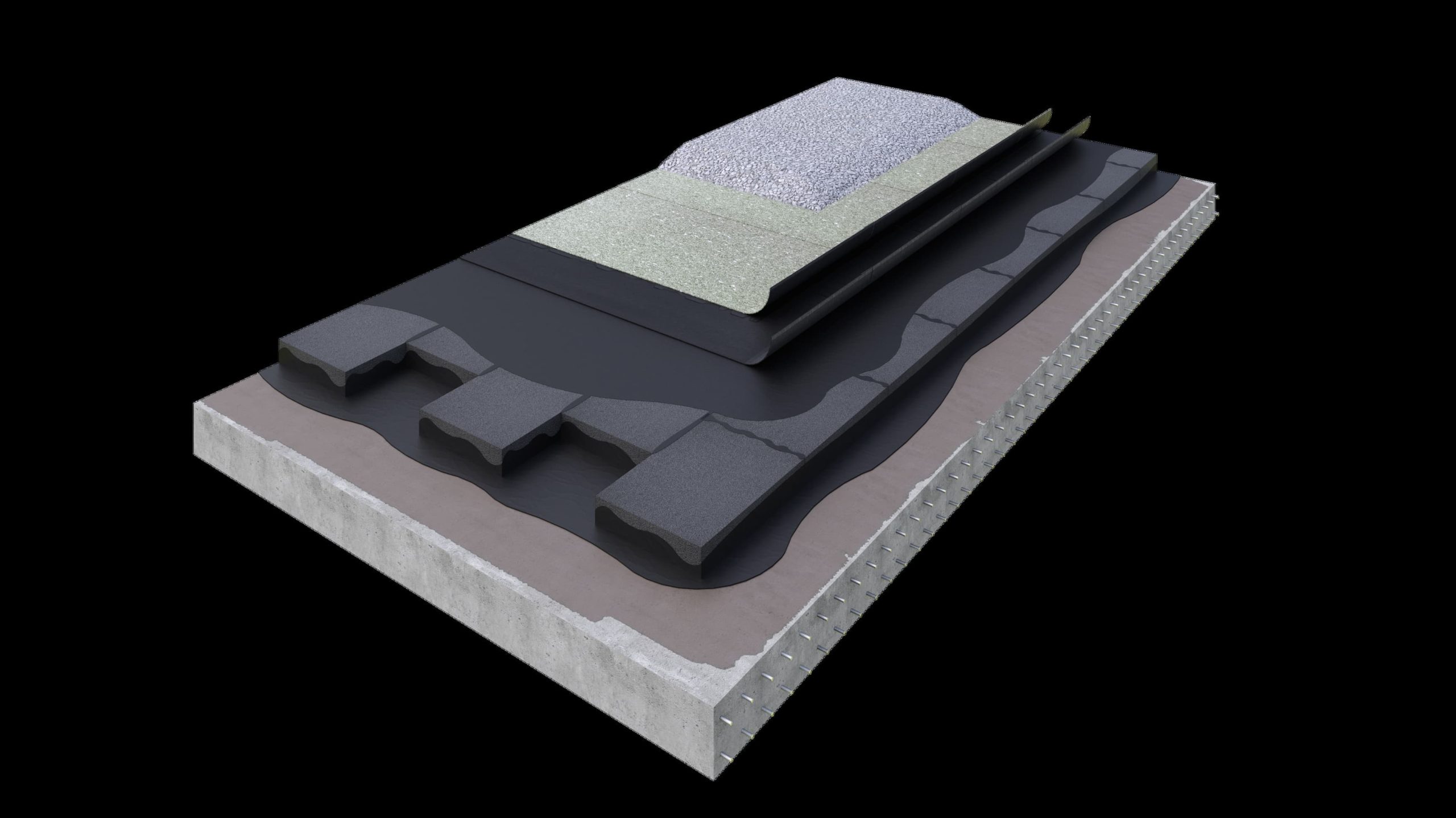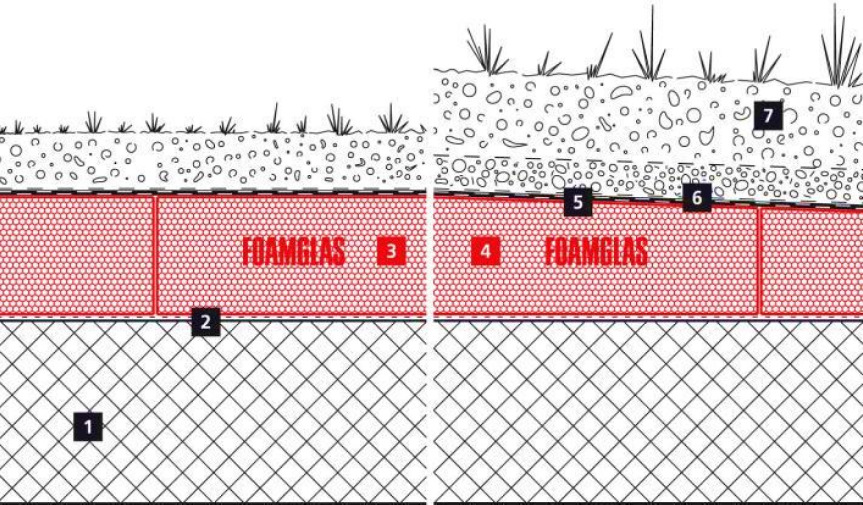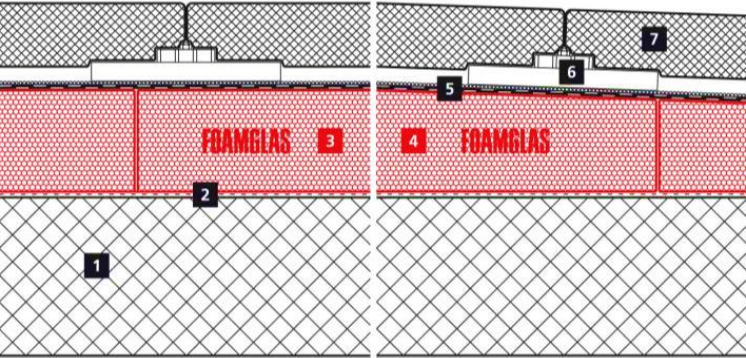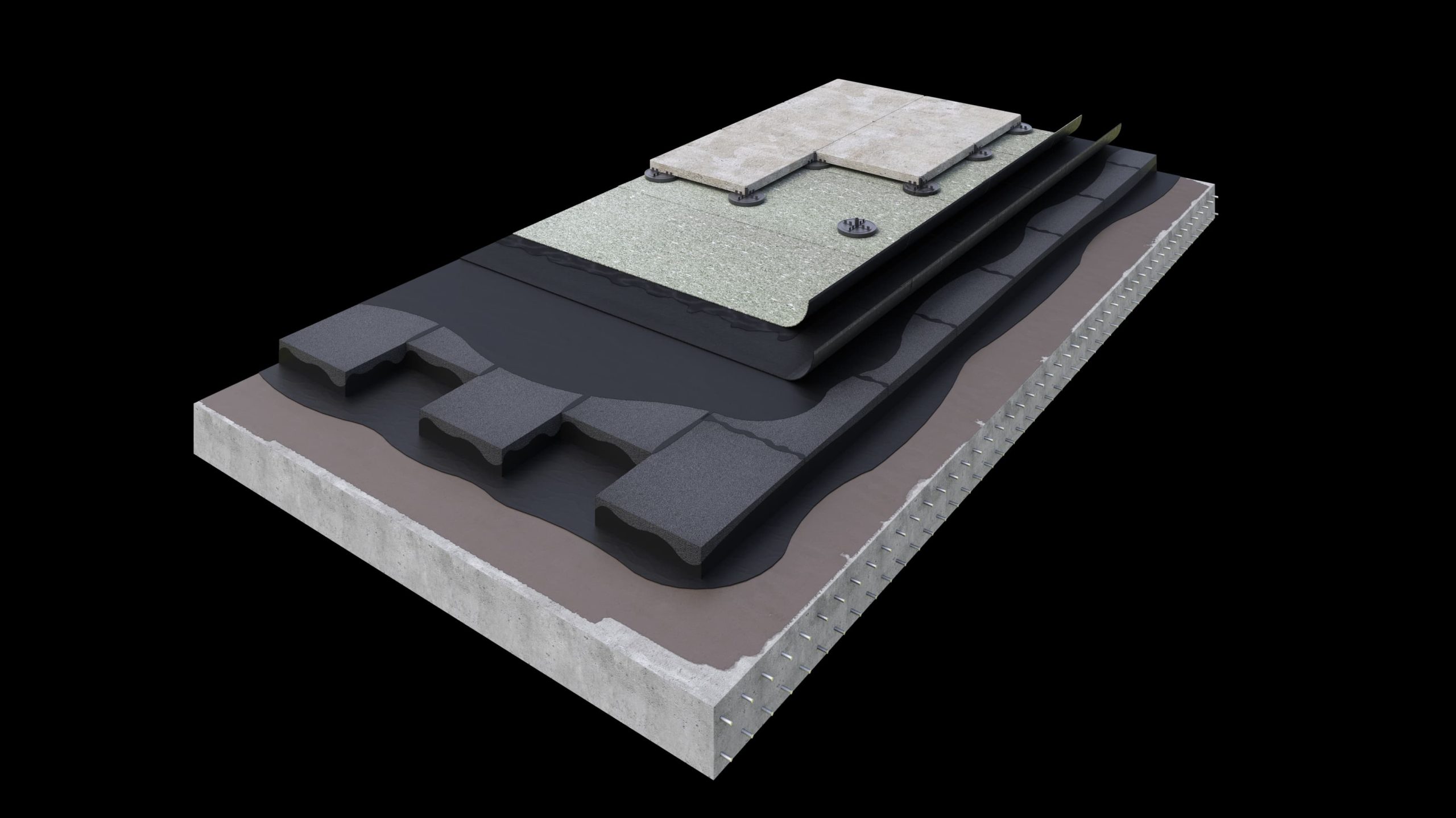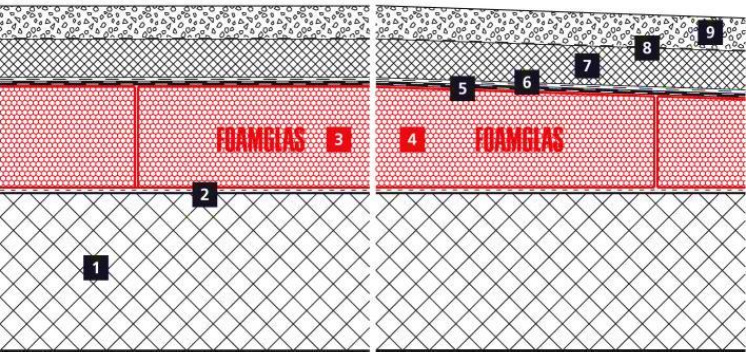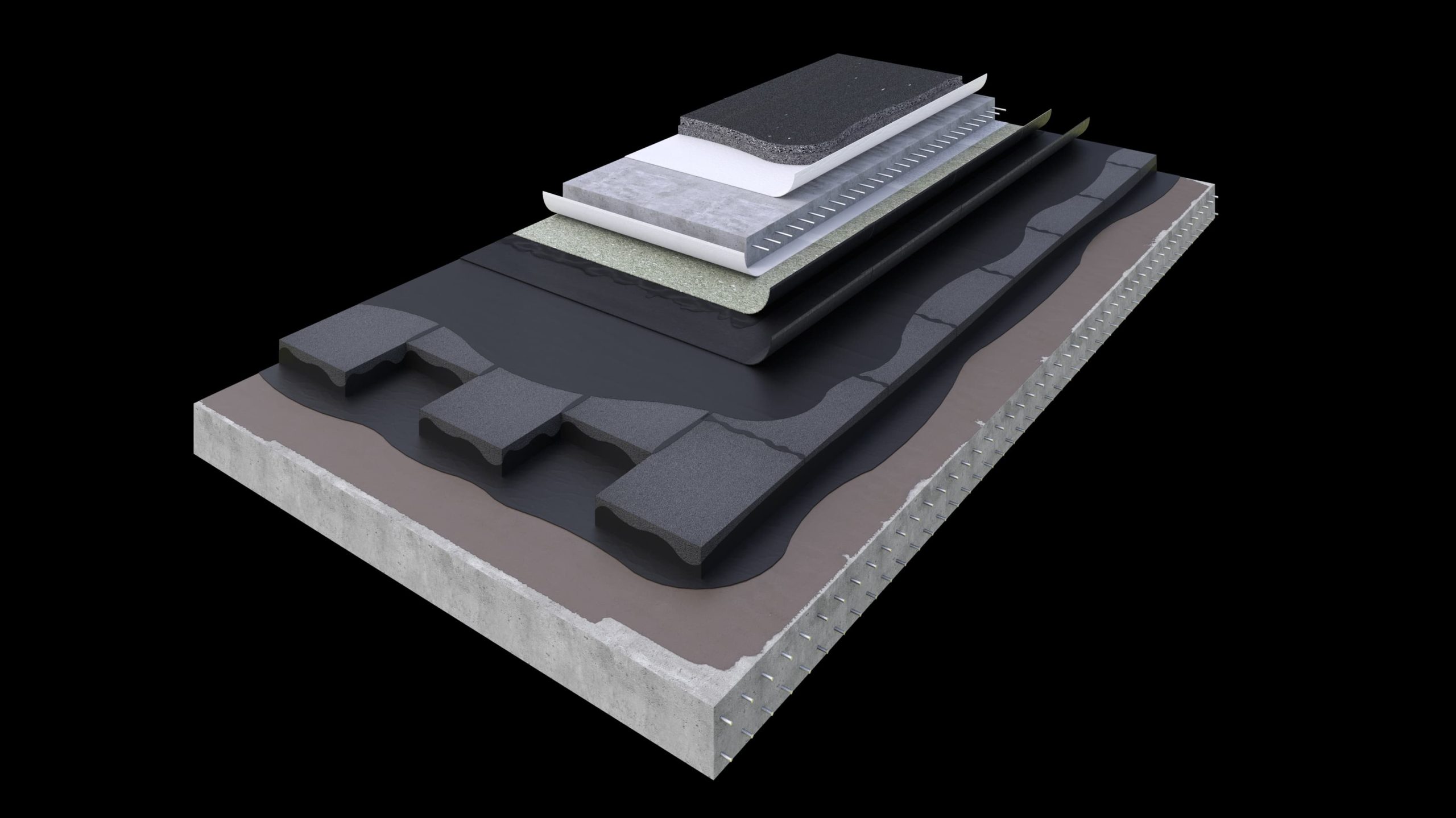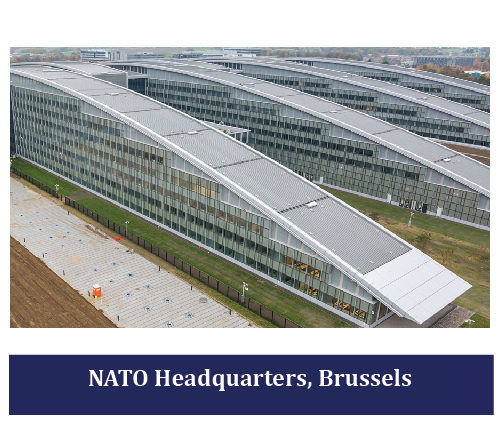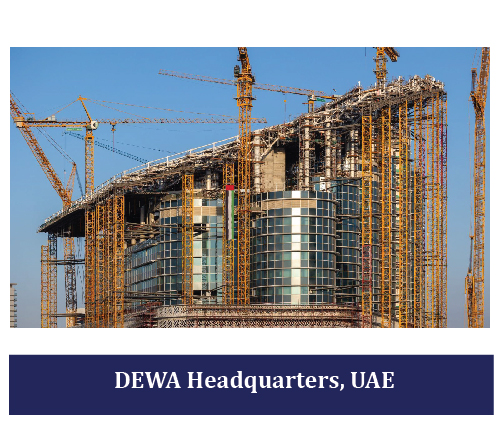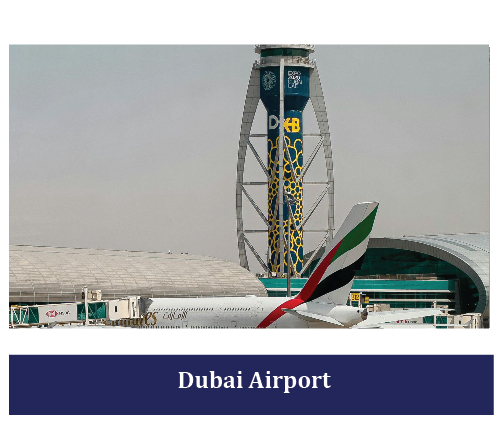Foamglas Cellular Glass Insulation
What is Foamglas Insulation ?
Protect your insulation from moisture damage—FOAMGLAS® prevents interstitial condensation 💦🔒
Fire won’t chase you, but smoke will. Don’t let toxic fumes trap you—insulate with FOAMGLAS® for ultimate fire safety! 🔥🚷
No deformation, no compromise—FOAMGLAS® ensures your insulation stays intact, no matter the load! 🏗️🛡️
FOAMGLAS®: The sustainable insulation solution that’s good for the planet and your building. 🌍🏢
Why Choose Foamglas Over Traditional Insulation?
Thermal Performance
Foamglas maintains thermal efficiency over time, even under extreme temperature gradients.
Moisture Resistance
Unlike polystyrene & mineral wool, Foamglas is impervious to liquids or vapor form, eliminating the risks of condensation & mold.
Non-Combustibility
Classified as Euro Class A1 (EN 13501), it does not burn, emit toxic fumes, or contribute to fire hazards.
Sustainability
Made with 60% recycled glass and 100% recyclable at the end of life, Foamglas supports LEED and Al Safat certifications.
Strength and Stability
With no deformation under load (EN826), it supports heavy structures like rooftop car parks without additional screeds.
Chemical Safety
Free from VOCs, flame retardants, and harmful chemicals, ensuring a healthy and safe environment.
Applications
Roofs :
Façades :
Below-Grade Structures :
Industrial Use :
High-Load Areas :
How Foamglas Outperforms
Moisture Protection
Foamglas’ closed-cell structure prevents vapor drive, ensuring insulation remains unaffected over time.
Fire Safety
Demonstrated superior performance in fire tests (e.g., BS 8414, NFPA 285) compared to plastic-based insulation materials.
Sustainability Leadership
Foamglas production relies on renewable energy,including hydroelectric power & avoids environmentally harmful chemicals
Thermal Coefficient of Expansion
Long-term Warranty
Dimensional Stability
No creep or deformation under heavy loads, ensuring long-term performance without compromising waterproofing membranes.
Our dedicated team at FOAMGLAS® can help with Technical Assistance, JPA & Condensation Risk Analysis, Taper design, On Site Support, Design Assistance and more.
PRODUCT PARAMETERS
| Parameter | Foamglas T3+ | Foamglas T4+ | Foamglas S3 | Foamglas F |
|---|---|---|---|---|
| Density (± %) (EN 1602) | 100 kg/m³ (±15%) | 115 kg/m³ (±10%) | 130 kg/m³ (±10%) | 165 kg/m³ (±10%) |
| Thickness (EN 823) ± 2 mm | 50–200 mm | 40–200 mm | 40–200 mm | 40–180 mm |
| Length (EN 822) | 600 mm ± 5 mm or 1200 mm | 600 mm ± 2 mm (Half slabs: 300 mm) | 600 mm ± 2 mm | 600 mm ± 2 mm |
| Width (EN 822) | 450 mm ± 2 mm | 450 mm ± 2 mm | 450 mm ± 2 mm | 450 mm ± 2 mm |
| Thermal Conductivity (EN ISO 10456) | λD ≤ 0.036 W/(m·K) | λD ≤ 0.041 W/(m·K) | λD ≤ 0.045 W/(m·K) | λD ≤ 0.050 W/(m·K) |
| Reaction to Fire (EN 13501-1) | Euroclass A1 | Euroclass A1 | Euroclass A1 | Euroclass A1 |
| Point Load (EN 12430) | PL ≤ 1.5 mm | PL ≤ 1.5 mm | PL ≤ 1.0 mm | PL ≤ 1.0 mm |
| Compressive Strength (EN 826) | CS ≥ 500 kPa | CS ≥ 600 kPa | CS ≥ 900 kPa | CS ≥ 1600 kPa |
| Bending Strength (EN 12089) | BS ≥ 400 kPa | BS ≥ 450 kPa | BS ≥ 500 kPa | BS ≥ 550 kPa |
| Tensile Strength (EN 1607) | TR ≥ 150 kPa | TR ≥ 150 kPa | TR ≥ 200 kPa | TR ≥ 200 kPa |
| Compressive Creep (EN 1606) | CC (1.5/1/50) 225 | - | - | - |
| Service Temperature Limits | From -265°C to +430°C | From -265°C to +430°C | From -265°C to +430°C | From -265°C to +430°C |
| Water Vapour Resistance (EN ISO 10456) | μ = ∞ | μ = ∞ | μ = ∞ | μ = ∞ |
| Hygroscopicity | Zero | Zero | Zero | Zero |
| Capillarity | Zero | Zero | Zero | Zero |
| Melting Point (DIN 4102-17) | >1000 °C | >1000 °C | >1000 °C | >1000 °C |
| Thermal Expansion Coefficient (EN 13471) | 9 × 10⁻⁶ K⁻¹ | 9 × 10⁻⁶ K⁻¹ | 9 × 10⁻⁶ K⁻¹ | 9 × 10⁻⁶ K⁻¹ |
| Specific Heat (EN ISO 10456) | 1000 J/(kg·K) | 1000 J/(kg·K) | 1000 J/(kg·K) | 1000 J/(kg·K) |


